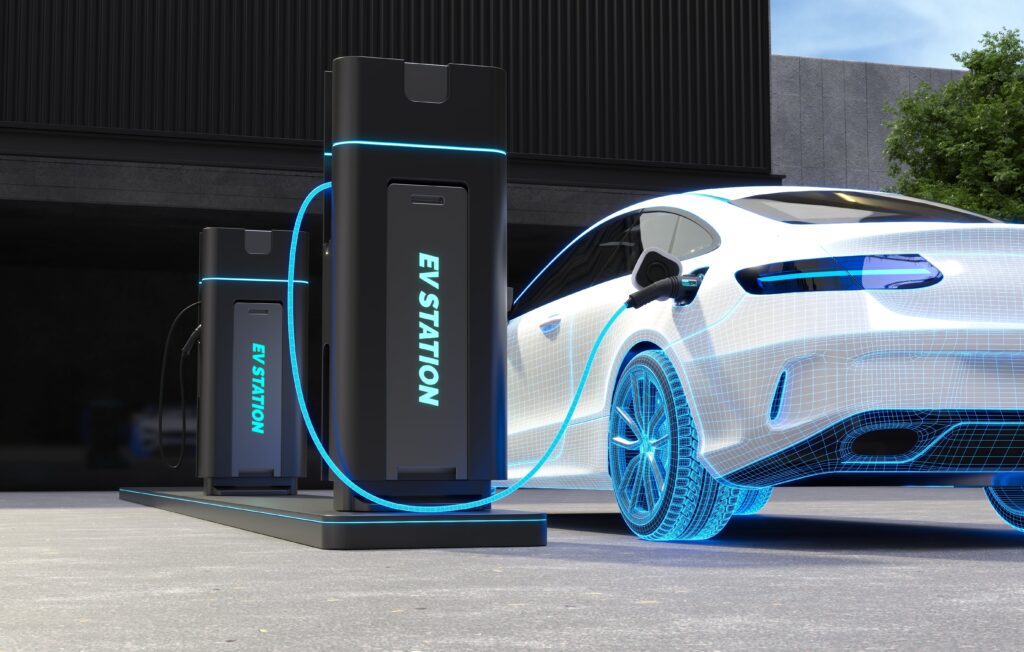As 2025 approaches, the car market in 2025 will undergo significant changes. These changes are driven by rapid technological advancements, evolving consumer preferences, and stricter environmental regulations. Below is a look at key trends shaping the car market in 2025, with a focus on the U.S. market—from electric vehicles (EVs) to autonomous driving.
Electric Vehicles Dominate Sales Growth
One major trend reshaping the car market in 2025 is the rise of electric vehicles (EVs). By 2025, experts predict that EVs will represent 20-25% of new vehicle sales in the U.S.
Several factors drive this growth:
Stricter Emissions Regulations: Federal and state governments in the U.S. have introduced tougher CO2 emission targets. States like California plan to ban internal combustion engine (ICE) vehicles by 2035. As a result, consumers and manufacturers are transitioning to cleaner alternatives.
Advances in Battery Technology: Lower battery costs and improved range make EVs more accessible. Faster charging times also appeal to more consumers. By 2025, EV prices will likely match ICE vehicles, encouraging widespread adoption.
Expanding Charging Infrastructure: Governments and private companies are investing in more EV charging stations. By 2025, these will be easier to find, especially in cities. This reduces range anxiety for EV buyers.

Autonomous Vehicles: A Step Closer
Fully autonomous vehicles may not be mainstream by 2025. Yet, semi-autonomous (Level 3 and 4) systems will see growth. Many cars will offer advanced driver-assistance systems (ADAS) like automated lane-keeping and highway autopilot, shaping the car market in 2025.
However, some challenges remain:
Regulation and Safety: U.S. regulators continue to work on autonomous vehicle guidelines. They face legal and ethical questions. This may delay widespread deployment.
Consumer Trust: Although technology has improved, many consumers still hesitate to trust automated systems. By 2025, partial automation may see more acceptance, but full autonomy remains a long-term goal.
Car Brands Positioned for Growth in 2025
Several car brands stand to grow in the car market in 2025 because of their focus on electric mobility and innovation:
Tesla: Tesla’s strong brand, wide Supercharger network, and innovative software keep it a leader in the U.S. EV market.
Ford: The Mustang Mach-E and F-150 Lightning are successes. These models have strengthened Ford’s role in the EV market.
General Motors (GM): GM plans to launch over 30 EV models by 2025, including the Chevrolet Bolt and electric Silverado. This plan aims to boost GM’s market share.
Rivian: Rivian, an EV startup, appeals to adventure enthusiasts with its electric trucks and SUVs. This focus has earned it a growing fan base in the U.S.
These brands lead the industry with innovative EVs. They align with changing consumer demands and new regulations, driving the car market in 2025.
Car Sales Shifting Online
2025 Online car sales will transform the car market in 2025. This shift changes how people buy cars. Several key factors contribute to this trend:
Virtual Showrooms: Buyers can now explore 3D models, customize features, and take virtual test drives online.
Convenience: Consumers appreciate completing the entire process online, including financing and trade-ins.
Home Delivery: Many dealerships and online sellers now deliver vehicles to homes, making the process smooth and appealing.
Transparent Pricing: Online platforms offer clear pricing and comparisons, helping buyers feel more confident in their decisions.
This shift provides a more convenient and transparent experience, meeting the needs of today’s buyers.
Technological Integration and Connected Vehicles
By 2025, cars will function more like “smart devices on wheels,” with advanced connectivity, software, and over-the-air (OTA) updates. Key developments include:
5G Connectivity: Faster 5G networks will improve vehicle-to-vehicle (V2V) and vehicle-to-infrastructure (V2I) communication. This helps with traffic flow and increases safety.
Personalization and AI Integration: AI systems will adapt to drivers’ preferences, managing navigation and entertainment.
Enhanced Infotainment: Cars will become spaces for work and entertainment, offering immersive systems, especially with semi-autonomous driving.
U.S. Market Dynamics
EV Market Growth: The U.S. has made strides in EV adoption, driven by policy changes and investments in clean energy. Tesla remains a major player, but traditional automakers like Ford and GM have also caught up with new EV models.
Collaborations with Tech Companies: Automakers partner with tech companies to create advanced electric and autonomous vehicles. These partnerships help meet rising demand and maintain competitiveness.
Conclusion
The car market in 2025 will be more advanced, sustainable, and consumer-focused. Electric vehicles will dominate, shared mobility will change urban transportation, and connected, semi-autonomous technologies will become standard. While regional differences will continue due to varying infrastructure and consumer behavior, the overall trend is clear: a shift toward a more efficient and sustainable approach to mobility.
For those needing to transport vehicles in this changing market, Tempus Logix offers reliable car shipping services. With a strong reputation for efficiency and care, Tempus Logix ensures that your vehicle arrives safely and on time. This makes them a trusted partner in the evolving car market in 2025.
